Be Prepared, Not Panicked: Preventing Broken Pipes with a Home Inspection
Winter’s icy grip can wreak havoc on your home, and one of the most common issues is broken pipes. When temperatures plunge, water inside your pipes can freeze, expand, and eventually cause the pipes to burst. The result? Costly repairs, water damage, and a whole lot of stress. But the good news is, you don’t have to let this happen to you. With a proactive approach, you can face the season prepared—not panicked.
The Risk of Broken Pipes
Frozen pipes are a homeowner’s nightmare, and they’re more common than you might think. Pipes in unheated spaces, such as basements, crawl spaces, or attics, are especially vulnerable. Even a small crack caused by freezing can release hundreds of gallons of water in a single day, damaging walls, floors, and furniture.
How a Home Inspection Can Help
A home inspection acts as your first line of defense against broken pipes. During an inspection, a professional will evaluate vulnerable areas in your home and identify any potential risks.
Here’s what they’ll typically check:
- Exposed Pipes: Inspectors will look for pipes in unheated areas and recommend insulation or other protective measures.
- Pipe Condition: Corroded or damaged pipes are more likely to burst under pressure. Addressing these issues early can save you major headaches later.
- Heating Systems: Ensuring your furnace and other heating sources are in good working condition helps maintain a consistent indoor temperature, which prevents freezing.
- Outdoor Faucets: Inspectors will check that outdoor spigots and hoses are disconnected and drained properly.
Be Prepared: Steps to Winter-Proof Your Pipes
In addition to a professional inspection, there are steps you can take to safeguard your home:
- Insulate Pipes: Wrap pipes in foam insulation, especially those in unheated areas.
- Seal Drafts: Prevent cold air from reaching pipes by sealing gaps and cracks in walls or foundations.
- Let Faucets Drip: During extreme cold, a slow drip keeps water moving and reduces the chance of freezing.
- Open Cabinet Doors: Allow warm air to circulate around pipes under sinks.
The Benefits of Preparation
By taking preventative measures and scheduling a home inspection, you can face winter weather with confidence. You’ll not only reduce the risk of frozen pipes but also save yourself from the panic of emergency repairs. Remember, preparation is the key to a stress-free season.
Be Prepared, Not Panicked
Winter may bring its challenges, but you don’t have to let broken pipes be one of them. A home inspection is a simple, effective way to ensure your home is ready for the cold. Take the time to prepare now, and you’ll stay warm, dry, and worry-free all season long.
Stay ahead of the freeze—schedule your home inspection today!
